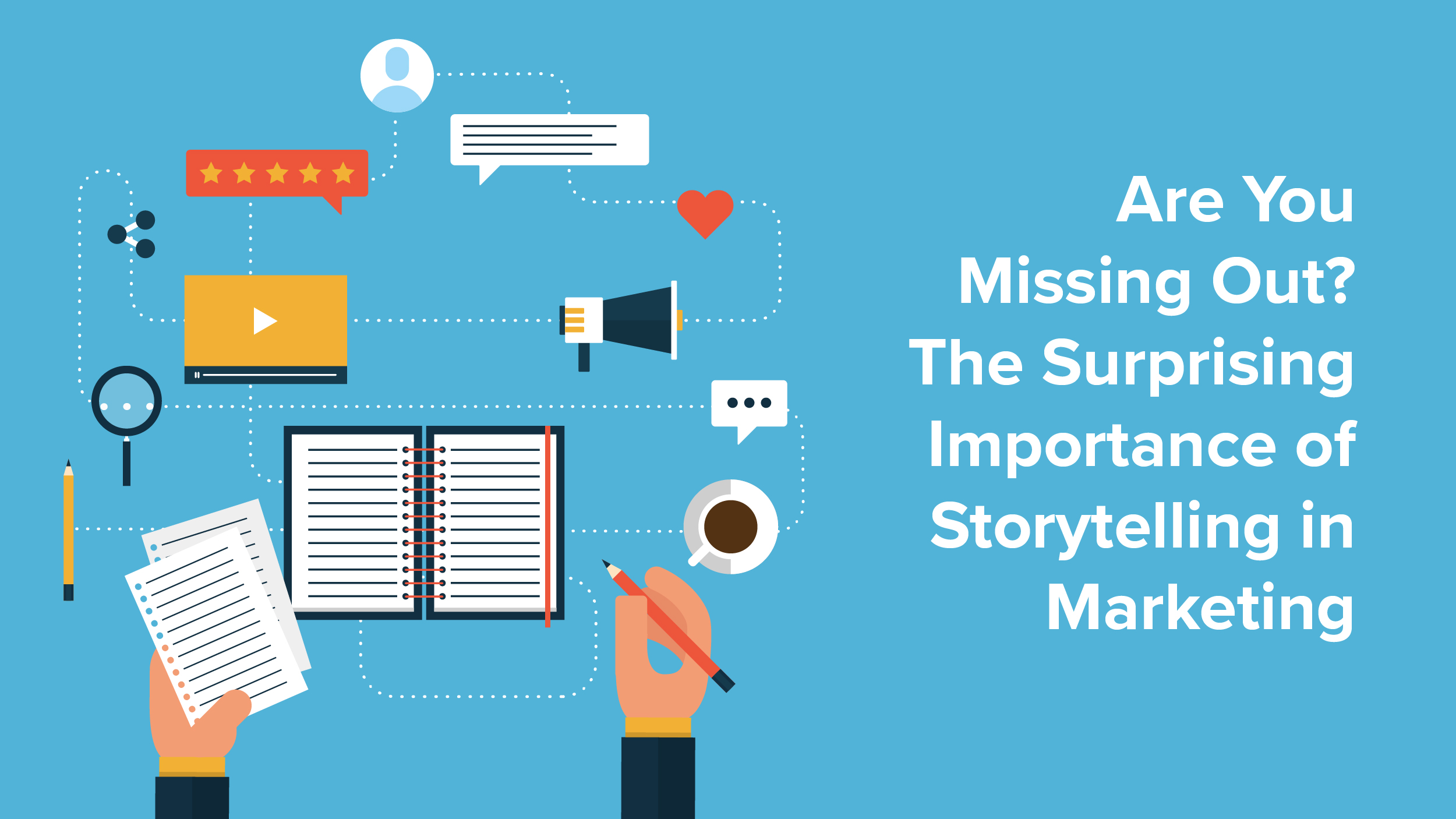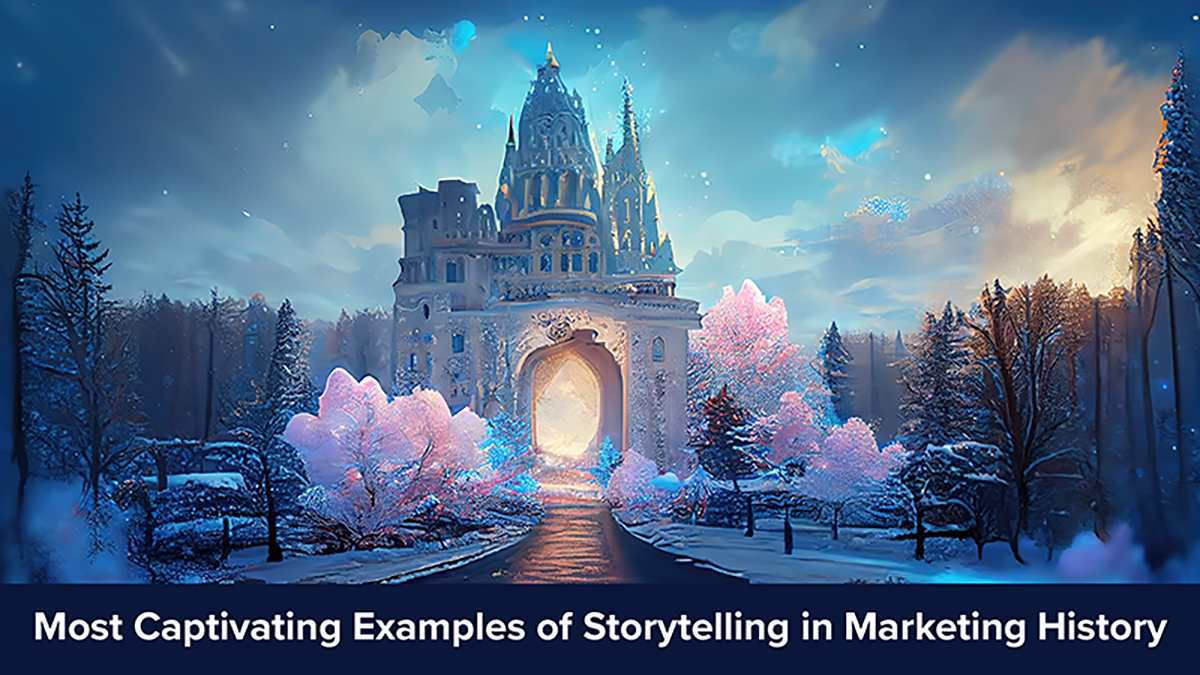Since the dawn of time, humans have been telling stories, and our brains have evolved to adore them. It just is a fact.
Need evidence? According to studies, narrating a story makes knowledge much more memorable. According to psychologist Jerome Bruner, when given a fact wrapped up in a tale, we are 22 times more likely to remember it. According to research from Stanford’s Graduate School of Business, only 5% of statistical recalls were made by listeners after hearing pitches that included facts and figures or a tale, but an astounding 63% of story recalls were made. The list continues.
But how can you use the incredible power of storytelling in marketing? You can simply look at what has previously worked for others by using a great market research platform and well-crafted market research questions. This is true whether you are conducting market research for a startup or a well-known brand.
Before we look at some examples of storytelling in content marketing in action, let’s first explore what the term “storytelling in marketing” actually implies along with the importance of storytelling in marketing.
What is Storytelling in Marketing?
Utilizing a narrative to spread a message is known as storytelling in marketing. Anyone can benefit from it, from small companies to larger corporations. The goal is to elicit an emotional response from the viewer that will be strong enough to motivate them to act and foster a stronger bond with the company. By using storytelling in marketing, you can humanize your brand and help customers know why they should care about you.
Storytelling in marketing is not just for movies; it can also be done through written, verbal, or visual media. And they can be shared through any media, including billboards and social media. In a market that is (by design) noisy, stories can help marketers cut through the noise and create advertising that connects with consumers… and stays.
Are You Missing Out? The Surprising Importance of Storytelling in Marketing
 Everyone is aware of how crucial stories are to how our minds function. The simplest children’s picture books are fairy tales, cartoons, YA fiction, novels, and movies—stories are all around us from the moment we are born.
Everyone is aware of how crucial stories are to how our minds function. The simplest children’s picture books are fairy tales, cartoons, YA fiction, novels, and movies—stories are all around us from the moment we are born.
So it comes as no surprise that we develop similar worldviews. We react to people who do the same and try to make our acts fit into the story of our life. To better absorb and process the information, we also turn the facts we learn from others into tales.
Getting an audience’s attention is getting increasingly difficult as brands contend with intense competition. Each day, customers are exposed to thousands of pieces of content and advertisements, which shortens their attention spans.
Although we all read with our eyes, we engage with our hearts. Including storytelling in content marketing strategy is the best method to give customers that impression.
Yes, that is factual. To increase engagement and build consumer relationships, you can harness the power of tales. Create value-driven material that is embellished with anecdotes rather than listing standard features and sales pitch data.
Most Captivating Examples of Storytelling in Marketing History
 The biggest brands in the world are aware of the effectiveness of storytelling in marketing; here is an overview of some of the best examples from the past 18 months, including campaigns by Apple and Coca-Cola.
The biggest brands in the world are aware of the effectiveness of storytelling in marketing; here is an overview of some of the best examples from the past 18 months, including campaigns by Apple and Coca-Cola.
1. Disney
Disney, of course, is experienced at crafting stories, and this advertisement for Disneyland Paris proved that.
A duckling finds a comic book featuring Donald Duck and falls in love with his new hero in Disney’s advertisement for Disneyland Paris. The duckling and his family take off despite the inclement weather, leaving the comic book behind. They endure a chilly night before arriving unexpectedly at Disneyland Paris, where Donald Duck himself welcomes the duckling. We were moved by this deft use of anthropomorphism to portray the delight and excitement that children experience at Disneyland Paris.
2. Coca-Cola
As this creative augmented reality (AR) campaign by Coca-Cola demonstrates, storytelling in marketing can occur across a variety of platforms.
One of the 12 stories could be seen by customers pointing their phone’s camera at a Coke can. In each of the stories, a little dispute is resolved by sharing a Coke between two animated characters after a playful dialogue.
In one tale, a couple of children are seen having their beach balls deflated by a beach umbrella, while in another, a young couple is seen being startled at the movies and losing their popcorn. A rival football team that joins forces in a friendly game when a football flies out of a Coke can is another feature.
3. Apple
The book ‘Detour’ relates the tale of a kid’s missing tricycle and its exciting trip back to find its young owner.
Oscar-winning director and screenwriter Michael Gondry (‘Eternal Sunshine of the Spotless Mind’) created it for Apple, and it was totally captured on an iPhone 7 Plus.
The movie showcases the numerous characteristics of the iPhone, including animation, underwater filming, time-lapse, and slo-mo, in addition to paying homage to traditional French cinema. Its creation is explained in a series of supplemental online seminars.
The Ultimate Plot Twist
The power of a simple tale remains true even if we have more technology than ever before. If you choose to tell stories in whatever way, as long as you craft a decent yarn with engaging characters, a fascinating storyline, and enough emotion, you’ll be able to hold the attention of your audience.
The use of storytelling in marketing not only allows for greater creativity on the part of marketers but also allows for the effortless delivery of vital messages by brands. No matter what your age is, an authentic story is simple for everyone to understand.
However, there is a lot more that goes into developing campaigns to make them successful than just using stories to spark creativity. The key is to strike a balance between actionable understanding and outstanding creativity.


Comments are closed.